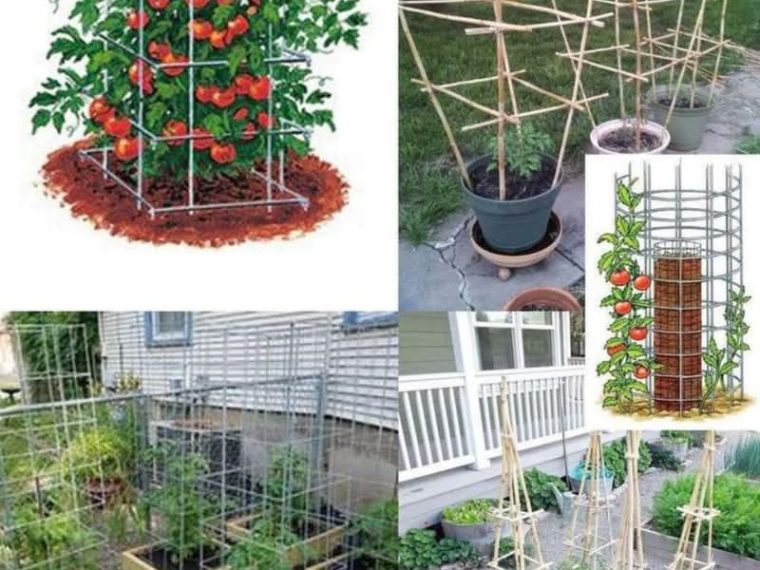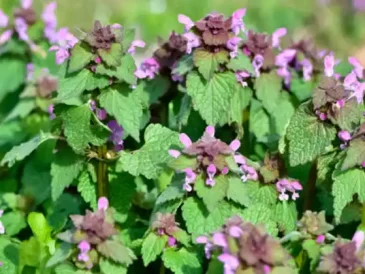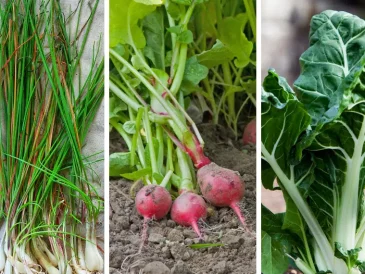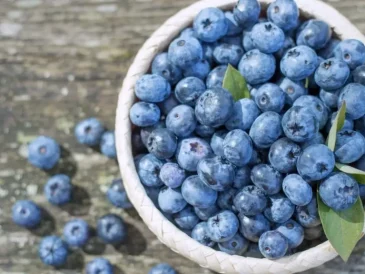Why Tutor Tomatoes and How: A Complete Guide to Supporting Healthier, More Productive Plants
Tomatoes are one of the most beloved garden crops, known for their flavor, versatility, and vibrant presence in any backyard or balcony garden. But to get the best out of your tomato plants, there’s one essential practice every grower should follow: tutoring.
Tutoring (also known as staking, trellising, or training) is the process of supporting tomato plants as they grow. Whether you’re growing cherry tomatoes on a patio or beefsteak varieties in raised beds, tutoring your tomatoes can dramatically improve their health, yield, and ease of care.
🌱 Why You Should Tutor Your Tomato Plants
1. Prevents Diseases
Tomato plants that sprawl on the ground are more exposed to fungal diseases like blight, mildew, and rot due to poor air circulation and contact with wet soil. Lifting them up allows better airflow and less moisture buildup.
2. Improves Fruit Quality
When tomatoes are supported, their fruit hangs clean and dry, away from dirt, pests, and damage. This leads to cleaner, healthier, and more evenly ripened tomatoes.
3. Saves Garden Space
Tutored plants grow vertically, which is especially useful in small gardens, balconies, or raised beds. It also makes weeding and watering easier.
4. Easier Harvesting and Maintenance
Supported plants are more accessible for pruning, monitoring for pests, and picking ripe fruit without bending or reaching into tangled vines.
5. Increases Yields
Properly trained and pruned tomato plants tend to produce more fruit, because the plant can focus energy on fruit development instead of sprawling growth.
🪴 How to Tutor Tomato Plants: 3 Common Methods
There are several effective ways to tutor tomatoes, depending on the type (determinate or indeterminate) and your garden setup. Here’s how to choose and implement the right method:
🍅 1. Stakes (Ideal for Small Gardens and Determinate Varieties)
What You Need:
- Wooden or metal stakes (5–7 feet tall)
- Garden twine, soft ties, or plant clips
How To:
- Insert the stake into the ground 3–4 inches away from the main stem of the plant.
- As the plant grows, tie the main stem to the stake every 6–10 inches using loose, figure-eight ties (to avoid damaging the stem).
- Regularly prune side shoots (suckers) to encourage upward growth.
Pros: Simple, cheap, great for compact gardens
Cons: Requires regular tying and pruning
🍅 2. Cages (Great for Bushy or Determinate Tomatoes)
What You Need:
- Tomato cages (metal or plastic, 3–5 feet tall)
How To:
- Place the cage over the plant when it is still small.
- Guide growing branches through the cage for support.
- Pruning is optional, though light pruning can improve airflow.
Pros: Easy to use, supports without tying
Cons: Can be unstable in wind without anchoring; may not suit larger, vining varieties
🍅 3. String Trellis (Best for Indeterminate and Greenhouse Tomatoes)
What You Need:
- Overhead beam, strong horizontal support, or greenhouse frame
- Garden twine or nylon string
How To:
- Tie one end of the string to the base of the plant or a ground anchor.
- Secure the other end to a beam or top frame above.
- Wrap the growing vine gently around the string as it grows.
- Prune regularly to maintain a single leader (main stem).
Pros: Excellent for vertical gardening; very space-efficient
Cons: Needs sturdy overhead structure and regular attention
✂️ Pruning Tips for Tutored Tomatoes
- Remove suckers (small shoots growing between the stem and leaf branches) to prevent overcrowding and focus growth.
- Keep the lower leaves trimmed once the plant begins to fruit to reduce disease.
- For indeterminate types, train a single or double stem for the best results.
🔍 Determinate vs. Indeterminate Tomatoes: Know Before You Tutor
- Determinate (bush type): Grow to a fixed size and set fruit all at once. Minimal pruning needed. Best with cages or short stakes.
- Indeterminate (vining type): Keep growing and producing all season. Require strong support and regular pruning. Best with stakes or trellises.
✅ Final Tips for Successful Tutoring
- Always tie loosely to avoid damaging stems.
- Use soft materials like fabric strips, Velcro plant ties, or garden twine.
- Anchor structures firmly to withstand wind and the plant’s weight.
- Start tutoring early in the plant’s growth to avoid damaging roots or stems.
🌟 Final Thoughts
Tutoring your tomato plants is one of the smartest moves you can make for a productive, healthy garden. Whether you use stakes, cages, or trellises, the benefits — from disease prevention to bigger harvests — are well worth the small effort.
Healthy, upright tomato plants are happier, cleaner, and easier to manage — and your garden (and dinner plate) will show the results.




